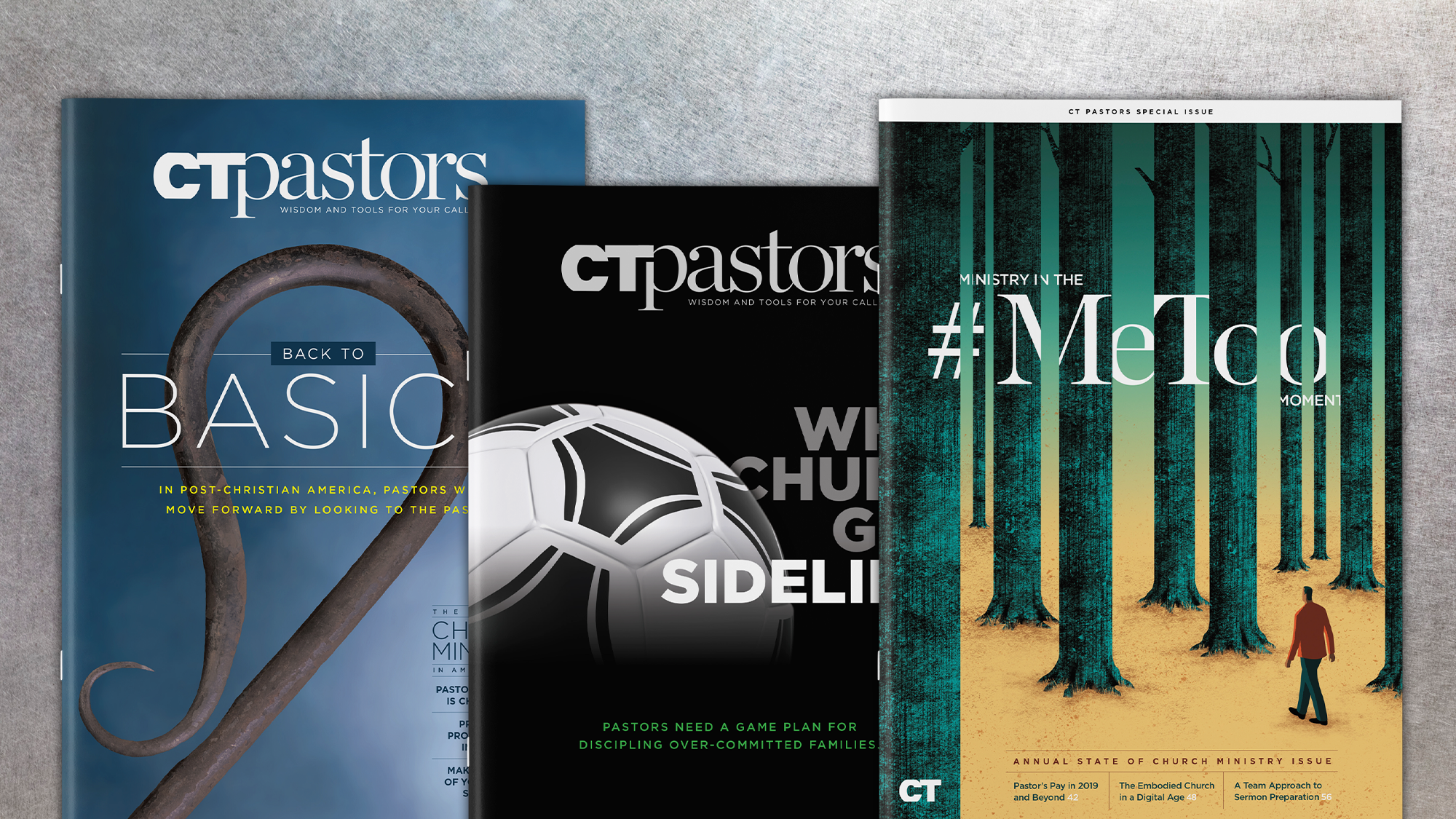In small-group ministry, a variety of groups can be formed. The most common are heterogeneous groups, which aim for diversity among the group members, and homogeneous groups, which bring together people with similar backgrounds and characteristics.
The concept of homogeneous groups is simple: college people are more likely to get along with college people, singles with singles, and homebuilders with homebuilders. But let's be honest: developing a cohesive group with certain people, even homogeneous people, can be next to impossible.
At Willow Creek, we try to go one step further. We believe that even among people similar to each other, some people are naturally attracted to one another. So we aim for a third kind of small group: the affinity group. People may or may not be alike in terms of age, profession, or family status, but in forming our small groups we seek to link those who naturally want to spend time together. In other words, they like each other.
We believe only true affinity that ...
1
Support Our Work
Subscribe to CT for less than $4.25/month























